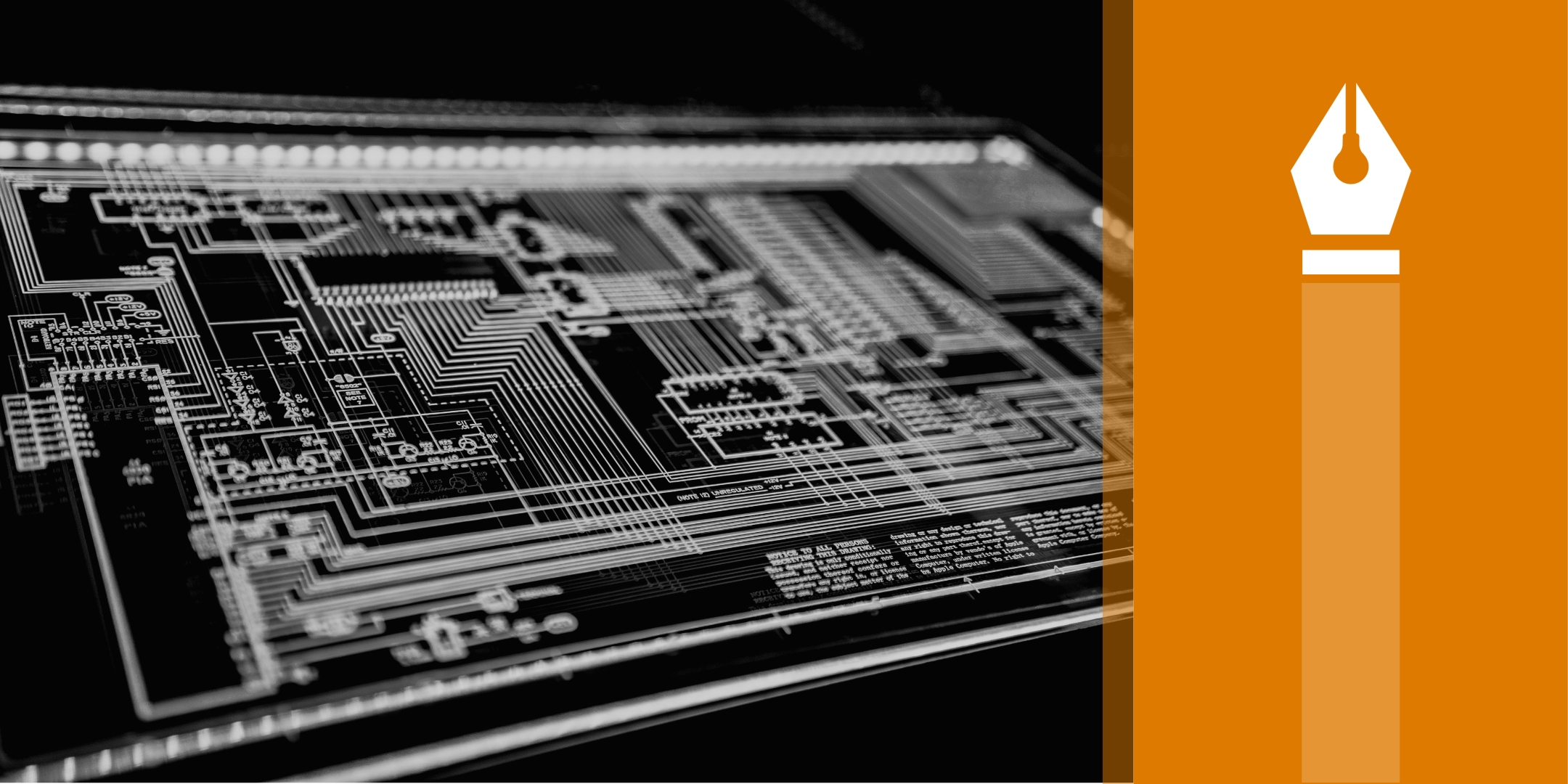
New technologies and applications that affect core infrastructure are developing at an accelerating pace. The combination of software-defined networks (SD-WAN), multi-cloud services, collaborative tools, Internet of Things (IoT) and digital transformation present both challenges and opportunities for current infrastructures, many of which were designed a decade or more ago based on private network facilities.
According to the delegates many businesses recognise the shortcomings of existing arrangements but find it difficult to justify large capital (CAPEX) investments to undertake the necessary upgrades. Nor do they have the appropriate skills or tools to oversee such major programmes. The two big issues that were discussed over dinner were:
When organisations talk of ‘Digitisation’ they invariably mean changes to their business processes and application layer, launching new apps, self-service portals, AI-based Customer Service etc. However, the full potential of these initiatives will not be realised unless companies also look to update and transform their underpinning infrastructures. As much as Digitisation is about operational transformation or changing the customer experience, the underpinning infrastructure will need to be optimised to support greater spikes in traffic, more Public Cloud based applications and increased levels of Security management. Successful Digitisation programmes run transformation and infrastructure design in cadence with each other, they are two halves of the whole.
The CIO of a leading hotel group explained that his guests ranked broadband connectivity above the availability of hot water in their rooms! Customers as well as employees need to be connected 24/7 regardless of location or application. With over two billion connected people, infrastructure is now the lifeblood of commerce and day-to-day life around the Globe.
According to delegates from the financial services sector, requirements for infrastructure remain relatively stable within their corporate envelopes but are undergoing a revolution with respect to customer interactions. Mobile banking has placed a heavy burden on existing facilities, especially given the explosion of transaction data. Realtime insurance claims may require transfer of video information from crash sites to progress settlements. Other delegates such as trading companies described the need to turn-up and turn-down connectivity according to external activity.
One interesting application of IoT based infrastructure was the use of networks to monitor and control remote assets such as ovens within hotel kitchens. Such connectivity can identify and help solve outages well in advance of any disruption to customer service.
All agreed that the demand for improved connectivity can only increase in the era of digital transformation, with a growing percentage of manual tasks undergoing robotic automation, and the widespread adoption of machine to machine interactions – including buildings, vehicles and physical assets of all kinds.
How will technologies offer solutions to such new demands? Read the full part 1 of this article available in our app exclusively for CIONET members and find out!
This two-part article was written by Roger Camrass, director of CIONET UK and a visiting professor of the University of Surrey, and is based on the conversations during a dinner in July on ‘Infrastructure as a Service – Managing across multiple territories’ sponsored by NTT Communications and NetApp.
These Stories on CIONET UK
No Comments Yet
Let us know what you think